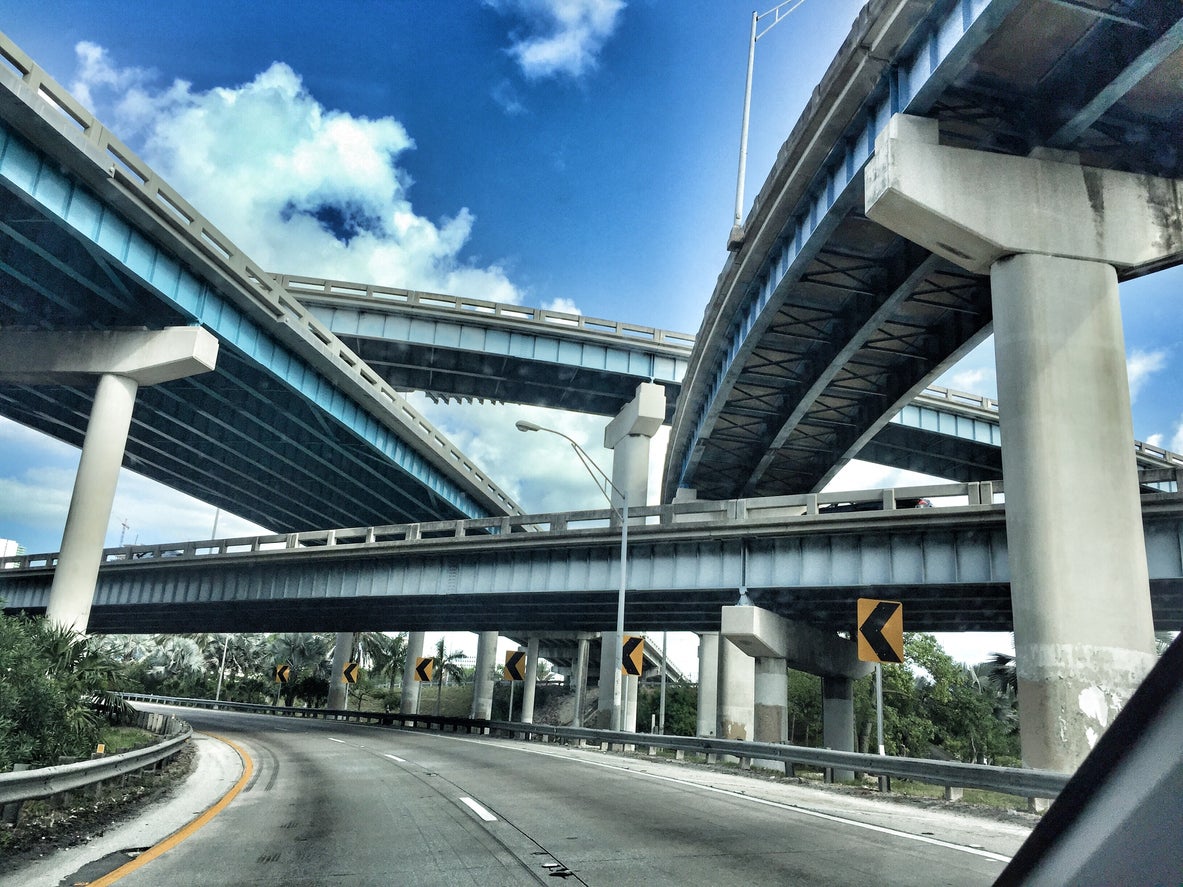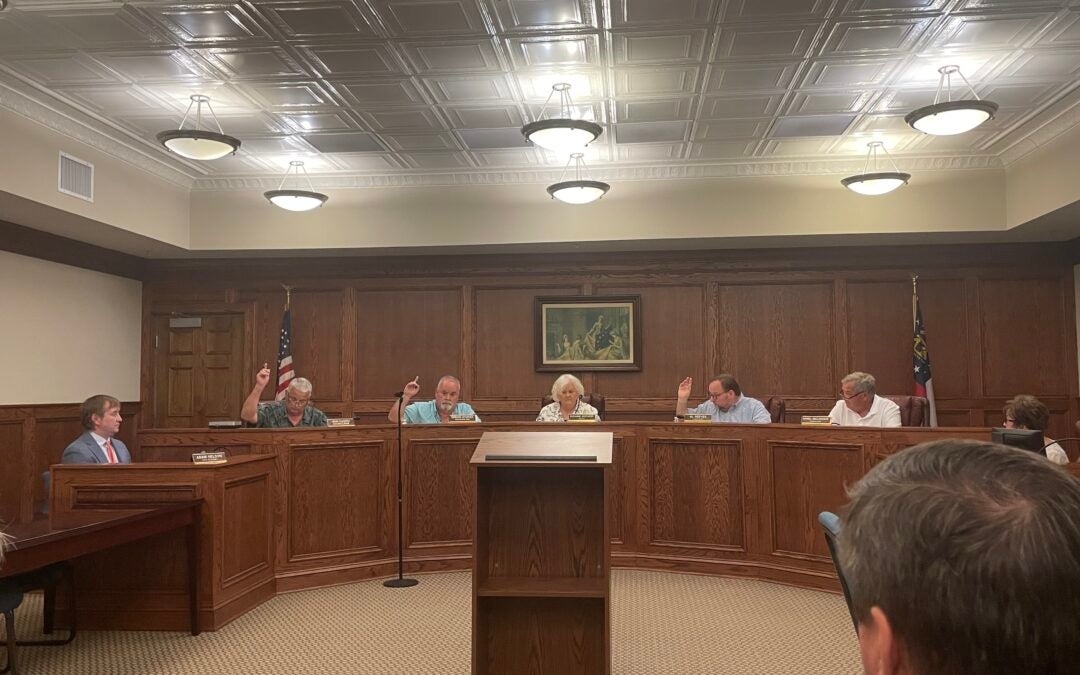While it might not sound like a sexy topic at first, the highway system in America has changed life and culture every bit as much as the automobile.
The current national highway system covers some 46,876 miles, and most people take for granted that one can travel from Georgia to Michigan in a mere 12 hours.
Long after the invention of the automobile, most roads in America remained unpaved. One advantage that made the Ford Model T so popular was that it had a sturdy frame and suspension that could handle the ruts of a dirt road with ease.
During the early period, only auto racing enthusiasts paid attention to horsepower, and the top speed of most vehicles was a stodgy 50 miles per hour. There was really no ability to go any faster than 20 miles per hour without being jostled and banged about in the cabin.
MORE: MotorHeadline: The more things change, the more things stay the same
Cars were generally used for in-town travel, and the train remained the most reliable form of transportation for going from city to city. Those who did strike out in their Tin Lizzy had to deal with not only the bumps and occasional washouts, but maps of the time were pitifully inaccurate. One wrong turn could leave a motorist lost in the middle of nowhere, far away from a gas station.
America’s first real interstate highway was constructed in 1915. The Lincoln Highway was the brainchild of businessman Carl Fisher. The highway stretched from New York all the way to California. However, most of the “highway” was graded gravel or dirt and it was not a practical way to travel cross country.
Over time, more paved roadways sprung up, but those routes were constructed and managed by the individual states. Most state highways were identified by the paint color on telephone poles and traveling from state to state remained maddeningly frustrating.
Interestingly, the modern highway system we have now was not necessarily created for comfort and convenience. Rather, it was the Cold War and the threat of a nuclear attack that caused Congress to act in 1956. The slow moving body first began considering a national highway program in 1939, according to the Federal Highway Administration.
MORE: MotorHeadline: NASCAR, anyone?
The Eisenhower Administration called for the need of a “National System of Interstate and Defense Highways,” however, the FHA downplays the defense aspect now, stating that a national highway system was popular with the public and that the bill would have passed Congress without having to scare the public into thinking they might have to evacuate their city at a moments notice.
Once the highway system came along, life in America changed.
Families began to move out of cities into the sprawling suburbs where dad would commute to work and the whole idea of a “family vacation” was born.
Prior to the highway system, most people never traveled farther than 25 miles from their homes for pleasure in their entire lives. Vacationing was a term used by wealthy elites; however, their idea of a vacation was a three month stint away from the harsh Northern winters.
Along with the highways came the freedom for people to be able pack up the Packard and take the family to the mountains or the ocean for a week. The term “motor lodge” was coined and while amusement parks did exist before the highways, they suddenly became a huge business.
MORE: MotorHeadline: Beware of new tax credit scam when shopping for electric vehicle
America’s highways have also become the world’s largest film set with blockbusters such as “Thelma and Louise,” “The Cannonball Run” and “National Lampoon’s Vacation” all filmed on the road.
The highway system also killed off towns that were once the hub of the state route system, but were bypassed by the interstate system.
So, the next time you find yourself stuck in traffic at the I-20 bridge construction over the Savannah River, you might reflect that once upon a time, you would have needed to do what President Taft once had to do: load your car onto a ferry to cross the river.
See you on the road!
Scott Hudson is the senior reporter for The Augusta Press. Reach him at scott@theaugustapress.com











